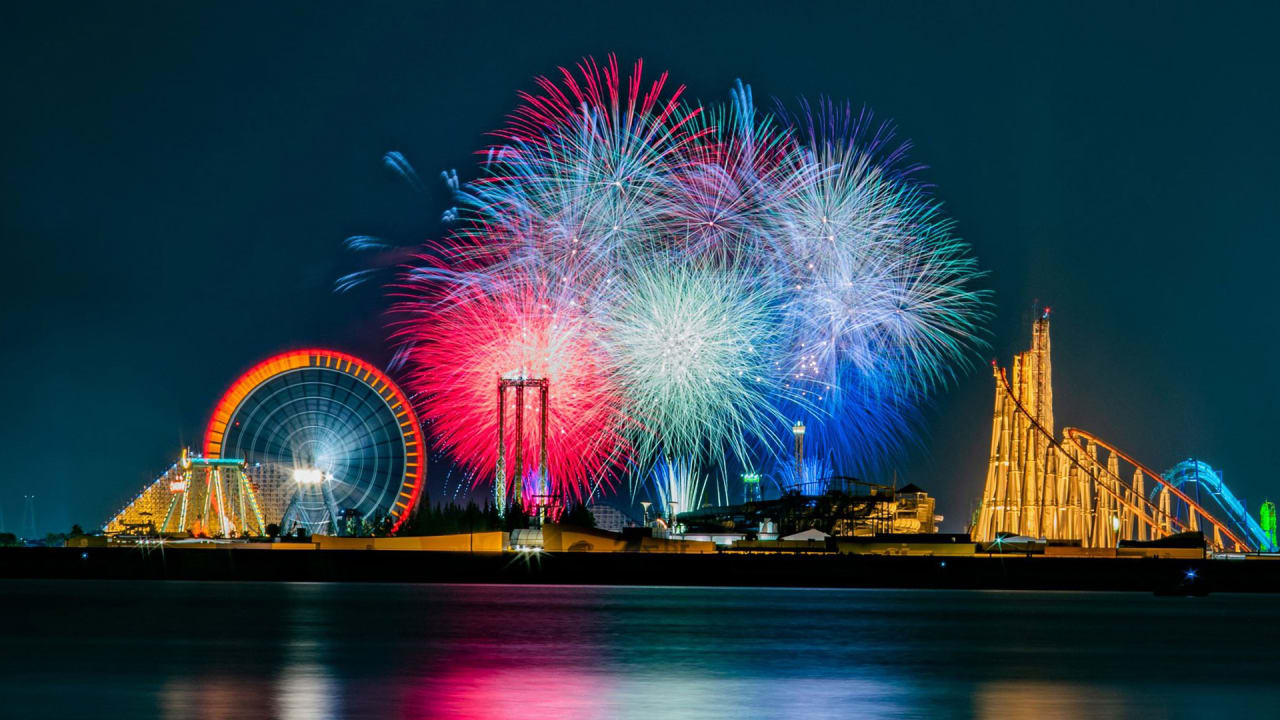The science of fireworks colors, explained

Table of Contents

By Paul E. Smith 3 minute Go through
In the earliest times of the United States, John Adams wrote to his wife, Abigail, about the celebration of independence: “It ought to be solemnized with Pomp and Parade, with Shews, Games, Sports activities, Guns, Bells, Bonfires, and Illuminations from a single Close of this Continent to the other from this Time forward for good extra.” “Bonfires and illuminations” refer straight to what we know these days as pyrotechnics and fireworks shows.
I’m a chemist and also president of Pyrotechnics Guild Global, an organization that promotes the safe and sound use of fireworks and making use of them here in the U.S. to rejoice Independence Day and other festivals all through the 12 months. As a chemist, and another person who prospects demonstrations for chemistry college students, I think about fireworks a excellent example of combustion reactions that develop coloured fireplace. But the creation of colored fireworks is comparatively recent, and not all colours are straightforward to deliver.
Early background of fireworks
Firecrackers were initial invented serendipitously by the Chinese in 200 BC. But it wasn’t until just one thousand a long time later on that Chinese alchemists designed fireworks in the year Advertisement 800. These early fireworks ended up mainly dazzling and noisy concoctions made to scare evil spirits—not the colourful, managed explosions we see nowadays. Rapid ahead an additional millennium, and the Italians figured out how to add color by introducing many aspects to the flammable mix. Including the element strontium to a shade pyrotechnic combine creates a purple flame copper, blue barium, green and sodium for yellow.
Much too a great deal or much too minor of the substances make significant modifications in the temperature, and so the wavelength of color observed. The good mixture of chemical substances when ignited produce sufficient vitality to excite electrons to give off unique colors of light-weight.
Even though the chemistry of these shades is not new, each era appears to get energized by the hues splashed throughout the sky. We now have a large range of flame colors: crimson, eco-friendly, blue, yellow, purple, and variants of these.
Each individual coloration operates the very same way. As unique factors ignite, they release diverse wavelengths of light-weight, which translate as different colors.
Creating that fantastic blue firework
Not all colours of fireworks are similarly uncomplicated to produce. I imagine various of my colleagues in pyrotechnic investigate and growth would concur with me that blue is the most difficult shade to create.
That’s because the night sky is a shade of blue, which signifies that most blues do not display up as nicely. If you check out to make the blue brighter to distinction with the history, it can search washed out. The correct balance of copper and other chemical substances in the flame or combustion reaction deliver the best blue flame shade in a firework.
I have taken this into account when seeking to build the very best blue flame colour, which I get in touch with pill box blue. It is just brilliant ample to stand out towards the evening sky but nevertheless a wealthy blue. I have around 20 blue pyrotechnic formulas, and I have uncovered a single that comes very near to this elusive hue.
Another problems in creating an rigorous blue coloration is that the chemistry is not very simple. It necessitates a mixture of several substances and the element copper. When copper ignites, the electrons surrounding the copper atoms get fired up and energized in the flame. When the electrons release this power, it appears to observers as blue light-weight. Each shade functions the exact way. As diverse features ignite, they launch distinctive wavelengths of light-weight, which translate as diverse colors. So when you see blue-colored dots of gentle making a pattern in the night sky, you actually are observing thrilled electrons releasing power as blue light.
Paul E. Smith is a lecture demonstrator for chemistry at Purdue College.
This short article is republished from The Discussion below a Imaginative Commons license. Study the primary post.







